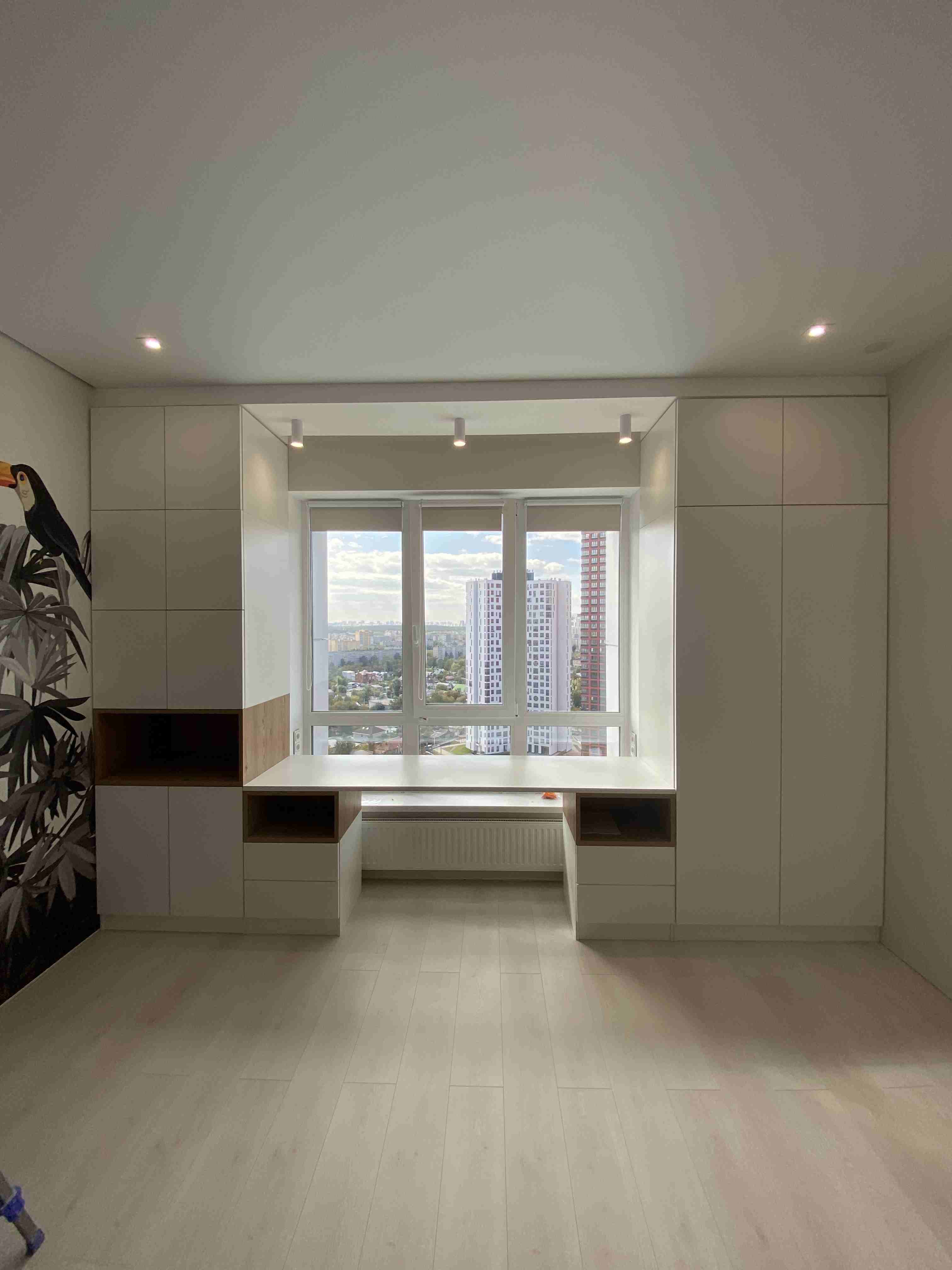Introduction to Elevated Culinary Spaces
In the realm of interior design, the kitchen is not just a place for meal preparation but a central hub of the home. This space, where functionality meets style, has the potential to elevate the everyday cooking experience into a luxurious affair. To achieve a culinary space that stands out, both aesthetically and practically, one must pay close attention to the elements of design that fuse to create an environment conducive to culinary creativity and social interaction.
The Recipe for Functional Elegance
The cornerstone of any elevated culinary space is its functionality. Achieving a layout that is efficient and ergonomic is vital. The incorporation of state-of-the-art appliances is integral to modern design, but they must be arranged in a way that streamlines the cooking process. The classic working triangle principle that connects the stove, sink, and refrigerator should be adhered to, but it can be enhanced with innovative storage solutions and multipurpose areas that cater to the needs of the gourmet chef and casual cook alike.
Material Selection and Aesthetic Appeal
Materials can make or break the design of a culinary space. Opting for high-quality, durable materials such as natural stone countertops, hardwood or tile flooring, and sleek, easy-to-clean backsplashes can elevate the kitchen both in terms of longevity and visual impact. The interplay of textures and the harmony of the color palette contribute to an aesthetic that can complement the architectural features of the home, and reflect the personality of the homeowner.
Lighting: Illuminating the Culinary Theatre
Lighting in any elevated design is of paramount importance. In culinary spaces, the goal is to achieve a balance between natural and artificial light, creating a warm and inviting ambiance that also provides ample illumination for safe food preparation. Strategically placed task lighting, stunning pendant lights, and dimmable options can transform the kitchen into a dynamic space that adapts to the rhythms of daily life, from bustling breakfast preparations to intimate dinner gatherings.
Integrating Technology
The modern culinary space is often equipped with cutting-edge technology that enhances the cooking experience. Smart home systems can be integrated to control appliances, lighting, and even music with the touch of a button or voice command. Innovative features such as touch-sensitive faucets, refrigerators that can suggest recipes based on their contents, and ovens that can be controlled remotely are transforming kitchens into highly responsive environments.
Personal Touches and Lifestyle Adaptations
While trends in design can offer inspiration, the inclusion of personal touches and adaptations that reflect the homeowner’s lifestyle ensures that the culinary space is truly elevated. Whether it’s displaying a collection of vintage cookware, incorporating a built-in coffee bar, or designing a kitchen island that doubles as a homework station, these individualized elements not only add character but also enhance the functionality of the space for the specific needs of the family.
Conclusion: The Heart of the Home
An elevated culinary space is much more than a place to cook; it's a canvas where daily life unfolds and memories are made. By blending sophisticated design with thoughtful functionality, such kitchens not only cater to the practical aspects of cooking but also become the heart of the home—a space where family and friends gather to share not just meals, but experiences and connection.
